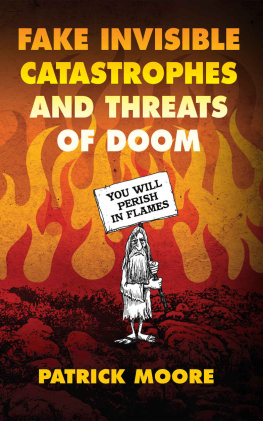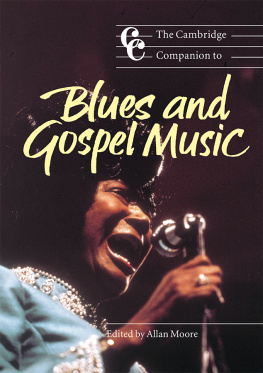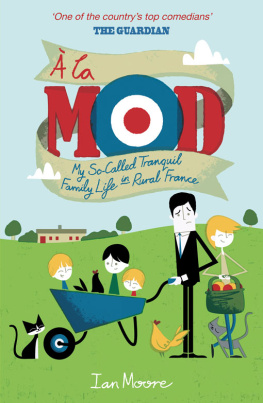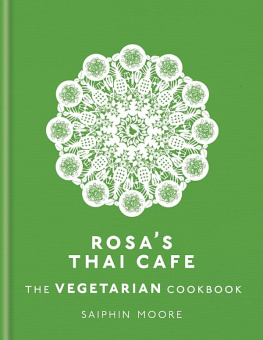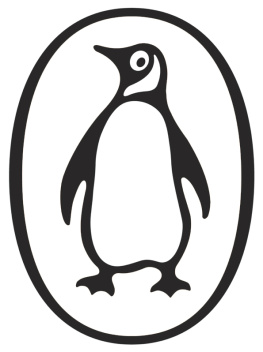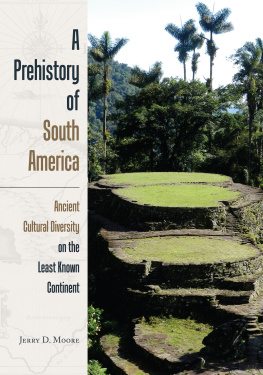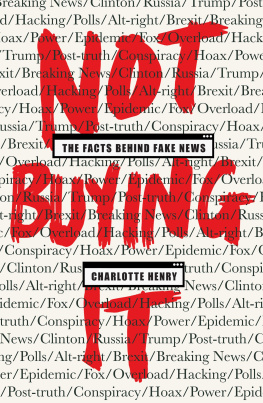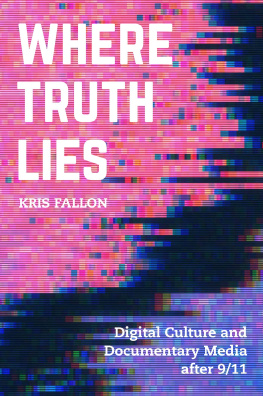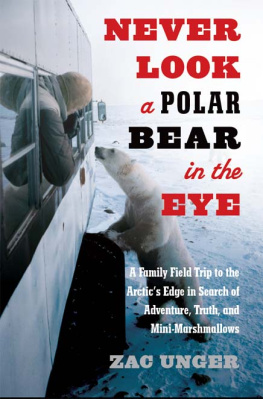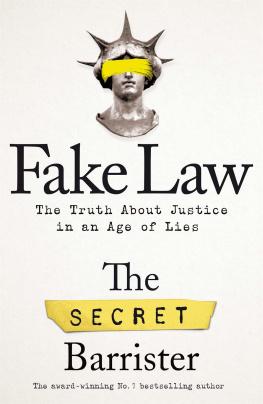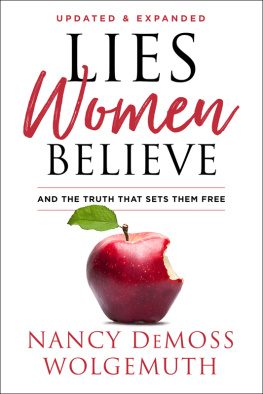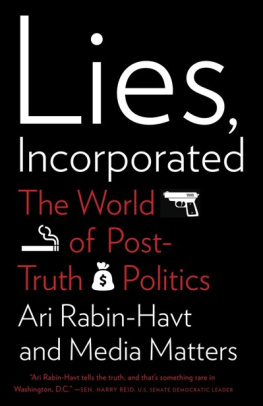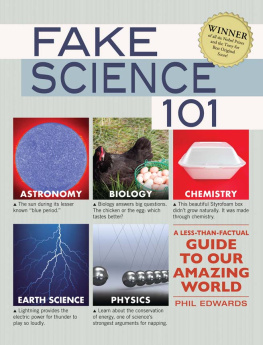fake invisible catastrophes and threats of doom
Patrick Moore
Copyright
Copyright 2021 Patrick Moore
All Rights reserved.
Published by Ecosense Environmental Inc.
No part of this book, covered by copyright, may be reproduced or used in any form or by any means (graphic, electronic, or mechanical, including photocopies, taping, or information storage and retrieval systems) without the prior written consent of the publisher.
Also by Patrick Moore:
Confessions of a Greenpeace Dropout - The Making of a Sensible Environmentalist.
Introduction
As a lifelong learner Ive found my time on Earth has been filled with a series of longish, mostly enjoyable interludes punctuated by the occasional flash of revelation. These are the Eureka moments, the ones that can shape ones life and change its direction and permanently alter the way one sees the world.
At the age of fifteen, my mother Beverly introduced me to the philosophical writings of Bertrand Russell. My first adult insight upon reading his book, Authority and the Individual , was that politics can be summed up as a contest between those seeking control over society and those seeking freedom from societys control. Both are necessary objectives, but it is gaining a healthy balance between the two that is most important. This, coupled with the fact that one persons idea of balance is another persons perception of bias, makes it all the more interesting, and volatile.
In 1965, during my second year of forestry at the University of British Columbia (UBC), I attended a noontime guest lecture by Dr. Vladimir Krajina the former Deputy Minister of Forests in Czechoslovakia, until he was forced to flee from the Russian communists shortly after World War II. It was there that I heard the term ecology used for the first time. It was a word not used in the popular press, even though the environment was already a common topic. Since its development in the late 1800s, ecology had been an obscure branch of biology, its inception originating from the study of Ukrainian grasslands soils. With the advent of environmentalism, ecology was about to take control of a big piece of modern thought.
Ecology is essentially the study of how all the components of our world interrelate and interact together. Specifically, how living things, rocks, soils, water, and air interrelate and interact. This is pretty close to an infinity of interrelationships among the nearly infinite number of components. Until 1965, Id been raised in a decidedly agnostic family in the woods of northern Vancouver Island where the concept of spirituality was not usually part of our dinner conversation. At the time, I thought science was a purely technical subject where everything could be measured and quantified. I suddenly came to learn that through the science of ecology, one could gain insight into the wondrous infinity of life, and of the universe. Upon completing my Bachelor of Science with Honors, I enrolled in a PhD program in Ecology and never looked back. I became a born-again ecologist.
In the late 1960s the world experienced various social revolutions; it was the height of the Cold War, the Vietnam War, as well as the threat of all-out nuclear annihilation. It was during this combination of anxiety-producing circumstances that the newly emerging consciousness of the environment blossomed. These were some of the most fear-inducing years of our era. I remember being motivated to actually do something about it, something beyond simply reading books about ecology and writing exams on the topic. In early 1971, in the midst of my PhD program at UBC, I joined a small group called the Dont Make a Wave Committee that met in the basement of the Unitarian Church in Vancouver to plan a protest voyage against US underground hydrogen-bomb testing in Alaska. I sailed as the lone ecologist on board, on a mission against what was arguably the most powerful organization on Earth at the time the US Atomic Energy Commission. It was on this mission that, together, we became the organization known as Greenpeace. And it was Greenpeace that consumed my next 15 years. It was quite a journey, all of which is covered in my previous book, Confessions of a Greenpeace Dropout The Making of a Sensible Environmentalist, along with a chapter in this book on each of the environmental issues of concern today.
The next revelation in my life came to me in 1982 at a meeting of 85 international environmental leaders. Representatives were chosen from each continent, and all of us convened at the Environment Liaison Centre in Nairobi, Kenya. It was there that I heard about the recently coined concept sustainable development. In more recent times, the term has been rendered practically useless by extremists on both sides of the argument. The side on the far right tends to think it is code for globalism and the far left side thinks its a dangerous compromise. But at the time I first heard the term, sustainable development, it made a major impression on some of us in the growing environmental movement. Until then, we had never paid much attention to economic and social realities as we were so entirely focused on the environmental agenda. Many still dont adequately consider social and economic realities in their environmental policies. The definition of sustainable development is relatively straightforward; it is defined as an effort to find the appropriate balance among environmental, social, and economic priorities, however, not necessarily in that order. To many current environmental activists, the people are a kind of afterthought, to be considered only once the perfect environmental policy has been identified, without regard for how negative the impact is on humanity.
Sustainable development means we have to consider the social and economic priorities of the people if we want to curb negative environmental activities. This consideration parallels the social revolution from more than 100 years earlier when child labor was outlawed and when women first received the right to vote. These social transitions had to be incorporated into the economic structure of that time. During the past 50 years we have adopted a lot of environmental policies that have changed the social and economic landscape considerably. But today there are demands being made that would actually cripple society and the global economy permanently. The push to phase out all fossil fuel consumption in thirty years is certainly the biggest threat to civilization in the world today.
In the mid 1980s, I finally decided to leave Greenpeace due to their transition from what was sensible environmentalism, to a platform of anti-human and anti-science campaigns that were more concerned with fundraising and scaring people with misinformation than with improving the environment. The adoption of the campaign to ban chlorine (the devils element) worldwide in 1986 by my fellow directors of Greenpeace International, none of whom had any formal science education, was the final straw and for me signaled my departure. The grounds for my parting ways were based on the fact that chlorine is the most important of all the 94 natural elements for both public health and medicine. Adding chlorine to drinking water, swimming pools, and spas was the biggest advance in the history of public health.
It was bittersweet parting ways with Greenpeace, the organization that I had helped build, shape, and guide for 15 years. Unfortunately, Greenpeace had gone from an altruistic group of volunteers with a noble vision, to a business with an ever-expanding budget, a matching payroll to meet, and was now rapidly transforming into a racket peddling junk science.
During my last years with Greenpeace I had taken an interest in the newly emerging science of marine aquaculture, and in 1984 I was given a book: Seafarm The Story of Aquaculture . It was that publication that gave me the next path I was looking for. My childhood home of Winter Harbour on northern Vancouver Island offered the right habitat for salmon farming which had already taken off in much of Norway. Aquaculture was now in its infancy on the coast of British Columbia. My brother, Michael, and brother-in-law, Peter, joined my wife Eileen and I in a family business. We built a fish hatchery and spent the next eight years growing Chinook (king) salmon in the sea.
Next page
